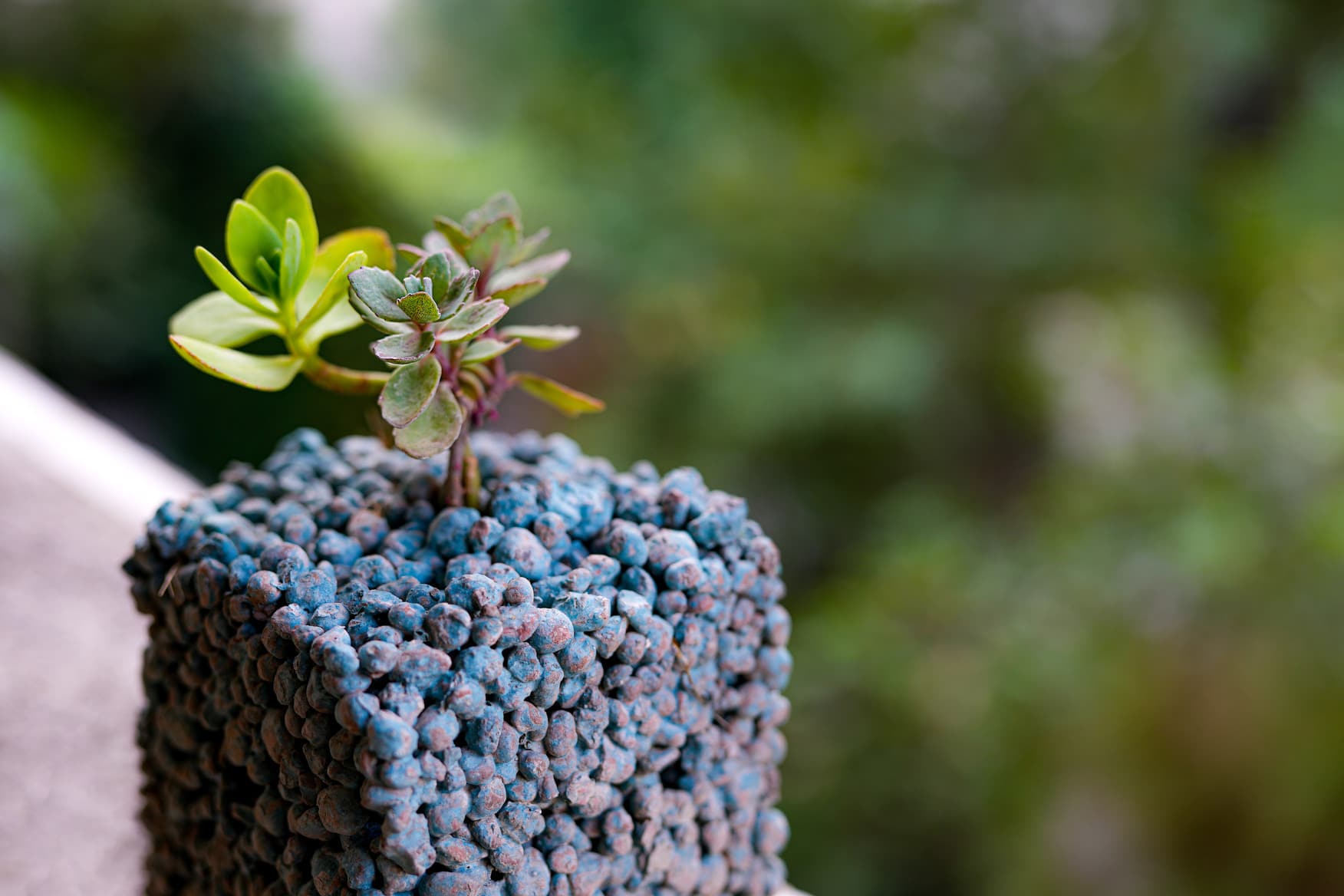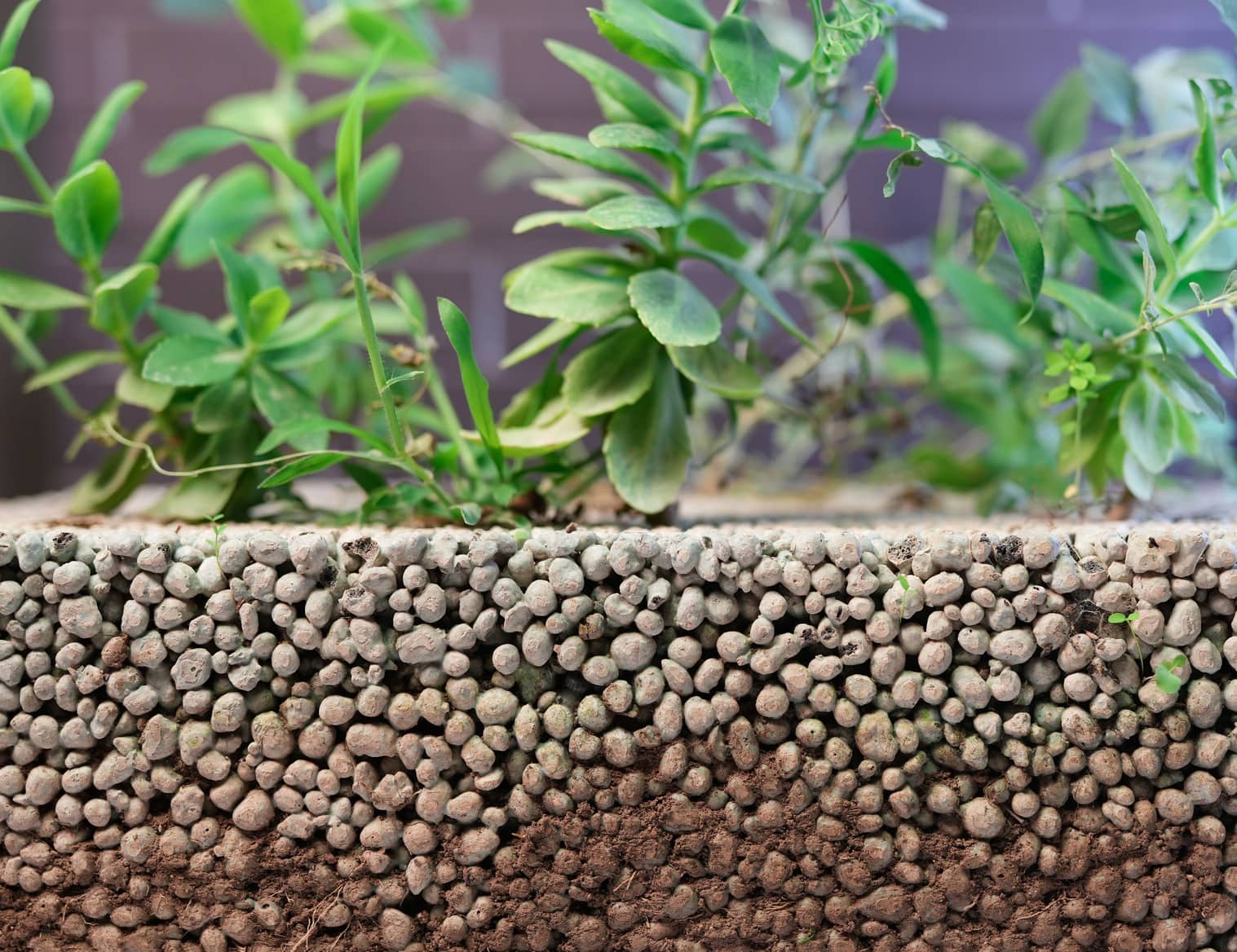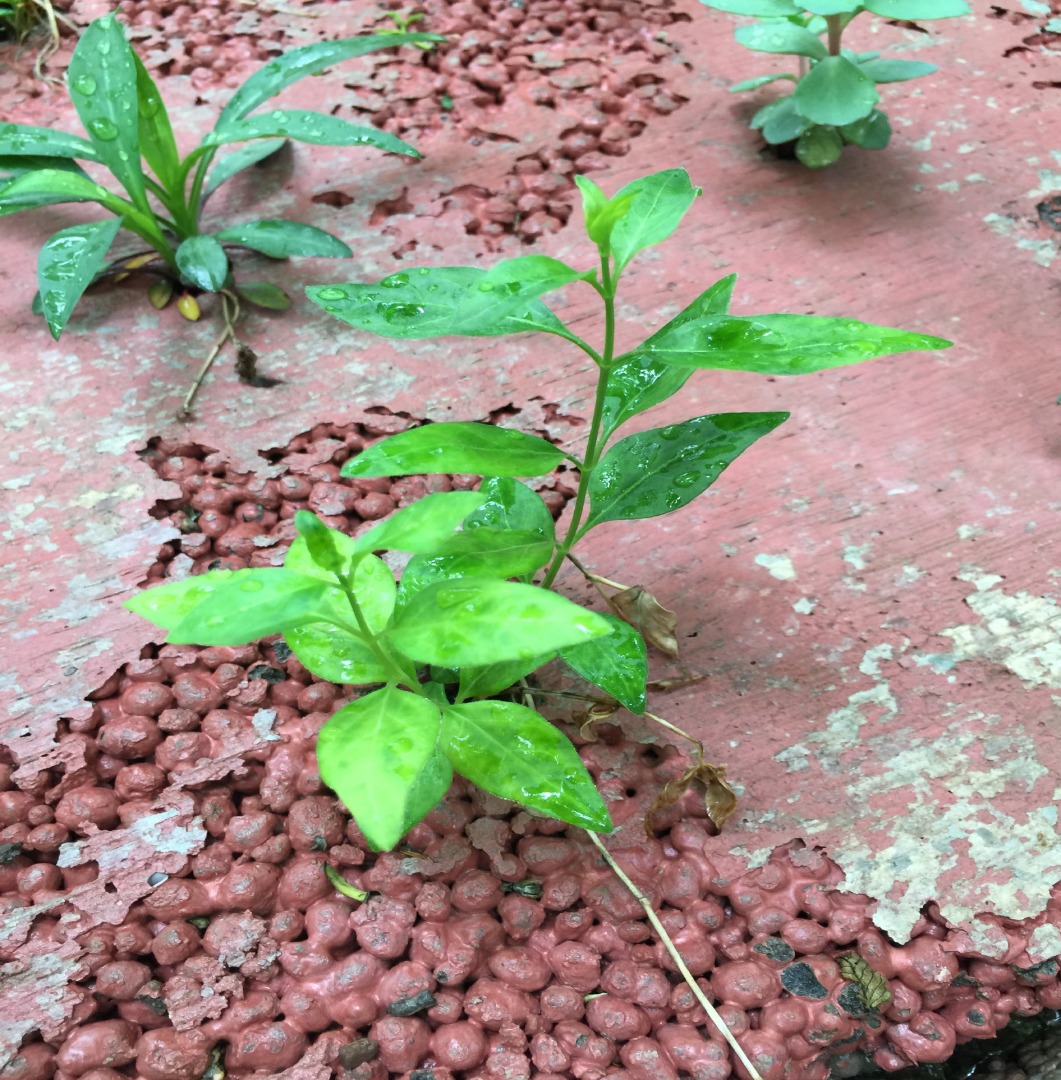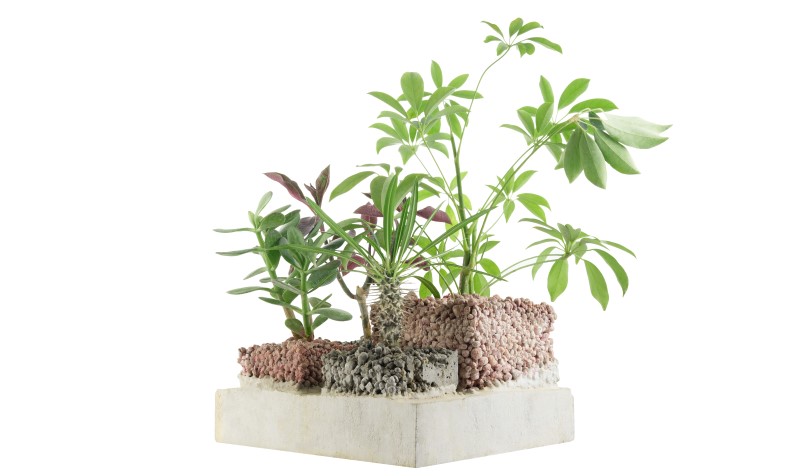
The use of concrete and other building materials is essential for construction, but it is also important to consider the environmental impact of these materials. Sustainable alternatives are emerging, and one such innovation is Greenment’s product line. Greenment has developed a cement-based material that is designed to promote plant growth. This material, known as the Greenment pot, is a product that allows for plants to be grown in a concrete-like material.

The Greenment pot is made from a special mixture of cement, water, and organic fibers, which allows for plant growth. The material is strong, durable, and waterproof, making it ideal for use in outdoor applications. It is also lightweight, which makes it easy to transport and install. The Greenment pot can be used for a variety of applications, including green roofs, vertical gardens, and landscaping.
Greenment also offers a range of other products that are designed to promote sustainable construction. Their products are made from natural and recycled materials and are designed to reduce the carbon footprint of construction projects. Some of their products include permeable paving stones, which allow rainwater to seep through to the ground, reducing the risk of flooding, and natural insulation materials, which are made from recycled materials and are more energy-efficient than traditional insulation.

The use of Greenment’s products in construction has several benefits. First, it reduces the carbon footprint of construction projects, making them more sustainable. Second, it promotes plant growth, which has many environmental benefits, such as reducing air pollution, providing habitats for wildlife, and reducing the urban heat island effect. Finally, the use of Greenment’s products promotes the use of natural and recycled materials, reducing the environmental impact of construction projects.
In addition to their products, Greenment is also committed to promoting sustainable practices in the construction industry. They offer education and training programs to architects, engineers, and construction professionals to help them understand the environmental impact of their work and how to reduce it. They also work with local communities to promote sustainable construction practices and encourage the use of their products in local projects.
The use of concrete and other building materials is essential for construction, but it is important to consider the environmental impact of these materials. Sustainable alternatives, such as Greenment’s products, are emerging and are designed to reduce the carbon footprint of construction projects while promoting plant growth and using natural and recycled materials.
In conclusion, the use of sustainable materials in construction, such as the Greenment pot, is an essential step towards reducing the environmental impact of construction projects. Greenment’s commitment to promoting sustainable practices in the construction industry and their innovative product line make them an important player in the movement towards more sustainable construction practices. By using Greenment’s products, architects, engineers, and construction professionals can reduce the carbon footprint of their projects and promote the use of natural and recycled materials.


